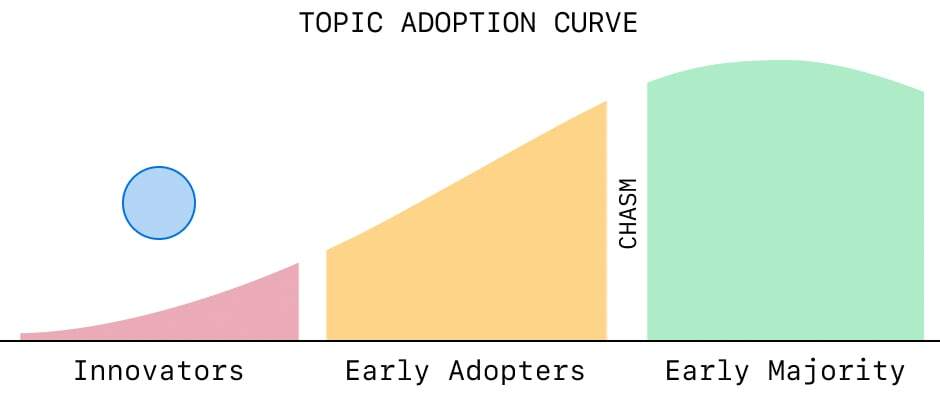BlockChain
A blockchain is a continuously growing list of records, called blocks, which are linked and secured using cryptography. Each block typically contains a cryptographic hash of the previous block, a timestamp and transaction data. By design, a blockchain is inherently resistant to modification of the data. It is "an open, distributed ledger that can record transactions between two parties efficiently and in a verifiable and permanent way". For use as a distributed ledger, a blockchain is typically managed by a peer-to-peer network collectively adhering to a protocol for validating new blocks. Once recorded, the data in any given block cannot be altered retroactively without the alteration of all subsequent blocks, which requires collusion of the network majority.
Blockchains are secure by design and are an example of a distributed computing system with high Byzantine fault tolerance. Decentralized consensus has therefore been achieved with a blockchain. This makes blockchains potentially suitable for the recording of events, medical records, and other records management activities, such as identity management, transaction processing, documenting provenance, food traceability or voting.[1]
Blockchain, in Wikipedia. Retrieved February 12, 2018 from https://en.wikipedia.org/wiki/Blockchain

Presentations
Enhancing DeFi Security and Compliance Through Transaction Decoding
Scams and hacks have become high-profile in the nascent but fast-growing DeFi market, introducing the risk that investor funds can be lost. Either the code behind a smart contract could be compromised or there might be suspicious activity behind the counterparties’ trading addresses....
Enterprise Blockchain and the Metaverse
The enterprise blockchain space has seen over 3.5x growth over the past 12 months with over US$6 billion in investments. The recent developments in blockchain applications across FT tokenisation and NFTs, DeFi and decentralised digital identity has the potential to provide key enablers in the...
Don't Fall Into the Platform Trap - How to Think About Web3 Architecture
Web3 represents a shift in information flow, putting the user in control, and is a threat to the existing Web2 platform model.Understanding this is key to building successful Web3 services, and this talk walks you through the key differences between a Web2 and Web3 architecture model.
A Guide to 81M+ Users: Building Scalable Blockchain Applications
Enterprise blockchain projects more than doubled from 2019 to 2020, and industry analysts expect use cases to keep growing at the same pace year after year. Despite blockchain technology moving beyond hype, the technology still has a ways to go before mass adoption and building these products is...